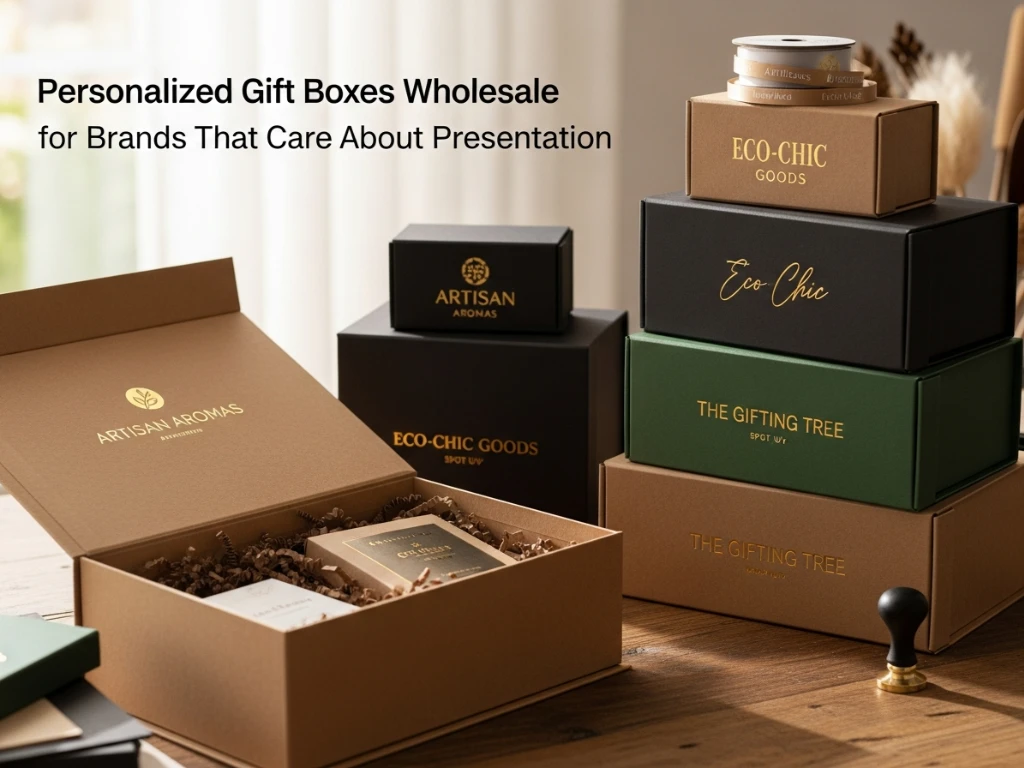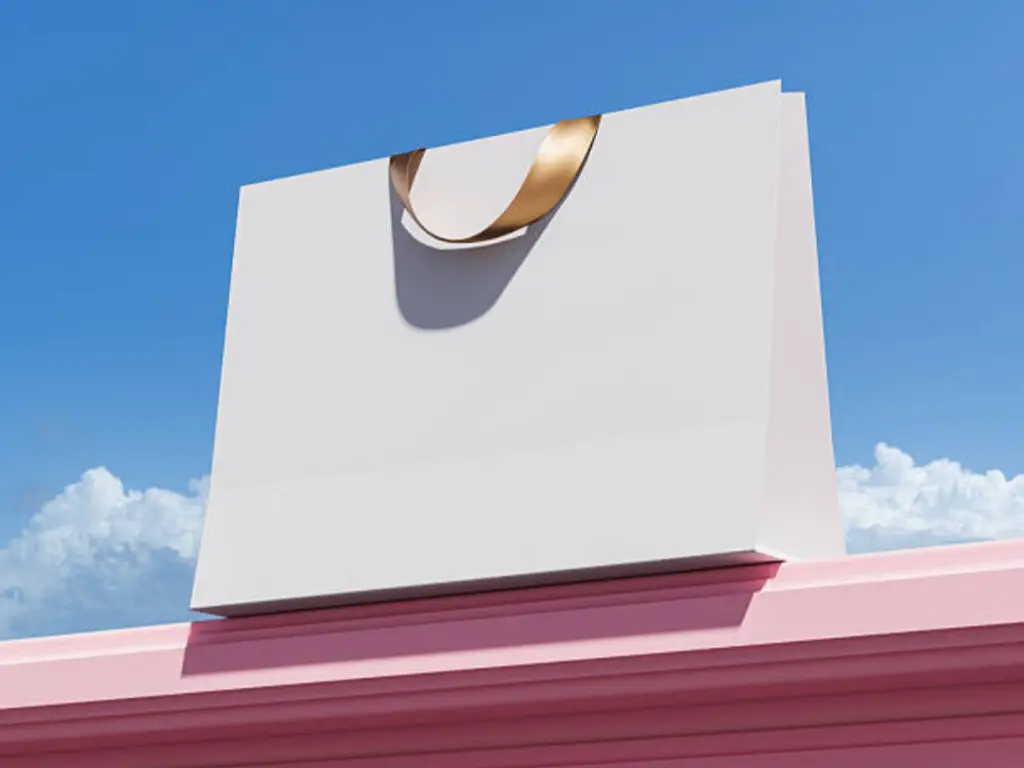Have you ever wondered how the corrugated boxes that protect your products are made? These boxes are essential in the packaging industry because they are strong, فعالة من حيث التكلفة, and environmentally friendly. Learning how they are produced gives you a clear view of what happens inside a factory. في هذه المقالة, we guide you through each stage, from the raw materials to quality checks, showing how international standards ensure consistent, reliable packaging.
Core Materials: What Corrugated Boxes Are Made Of?
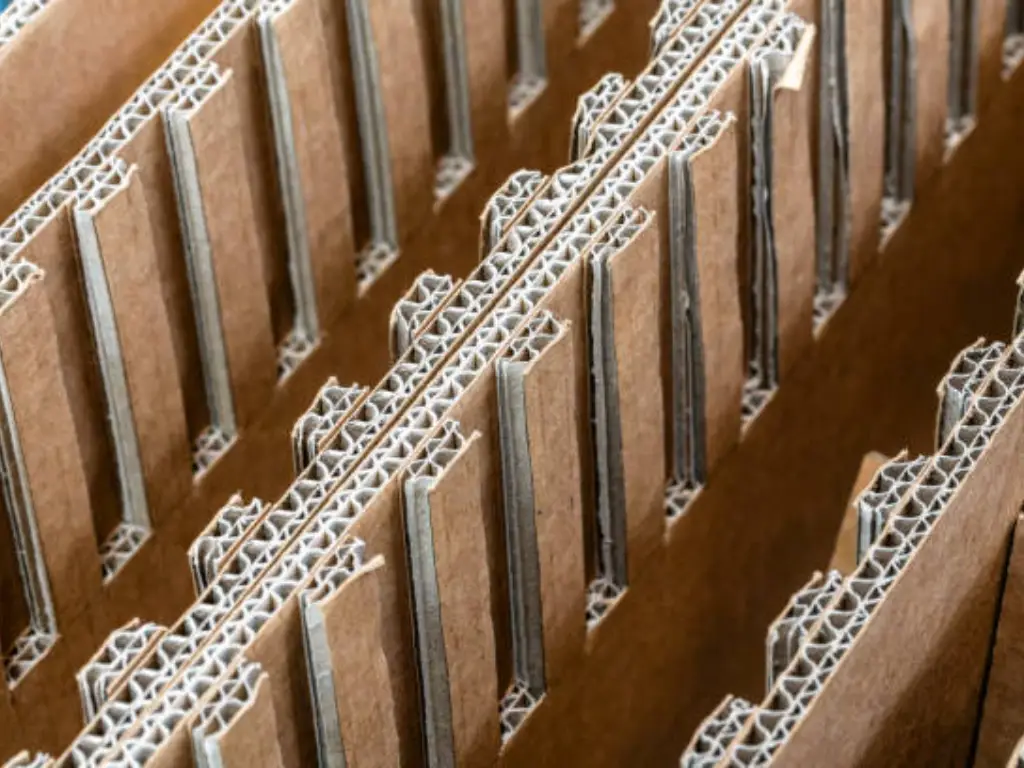
The main material for corrugated boxes is kraft paper, valued for its strength and durability. Think you can just grab any piece of kraft paper and make a corrugated box? Not quite—only grades with the right fiber length, tensile strength, and surface finish—often meeting ISO 536 و TAPPI T410—are suitable for production. A standard corrugated board has two parts:
- Linerboard: the flat outer layers, made from virgin kraft pulp for strength and water resistance or recycled fiber for cost and sustainability.
- Corrugating Medium: the fluted inner layer that provides rigidity, usually made from semi-chemical pulp for a balance of flexibility and crush resistance.
Some specialty boards use poly-coated liners, wax, or water-resistant additives for applications like frozen food or chemicals. The material directly affects the box’s strength and performance, setting the stage for understanding how corrugated boxes are made in the factory.
The Step-by-Step Corrugated Box Manufacturing Process
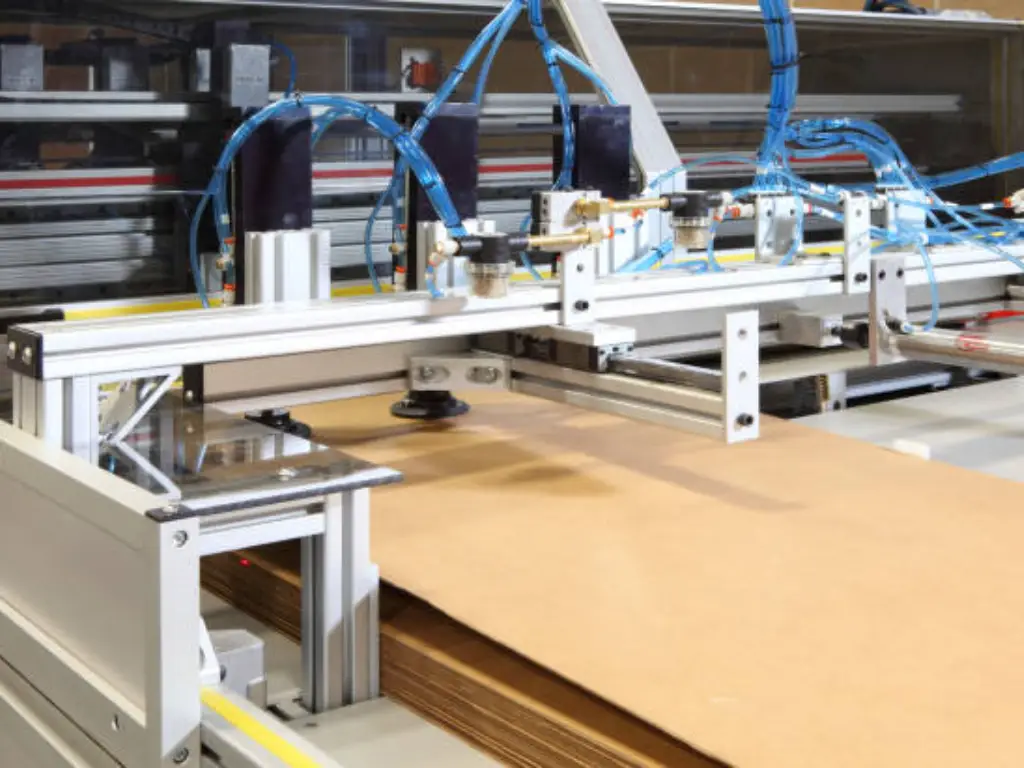
The making of corrugated boxes in the factory is a step-by-step process where paper, machines, and automation work together to balance speed and precision. Here’s how kraft paper is turned into strong, reliable packaging:
1. Corrugating the Medium
The process begins with rolls of medium paper. They are treated with heat and steam to make the fibers flexible. The paper then passes through a corrugator, a fast machine with grooved rolls that press the paper into wave-like flutes. These flutes are what give corrugated boxes their strength.
2. Applying Adhesive
التالي, a starch-based glue—often made from corn or wheat—is applied. Under controlled heat and pressure, the flutes are bonded to the first flat sheet of linerboard. This creates what is known as a single face board.
3. Forming Single and Double Wall Board
The single face board moves forward and is joined with another liner on the back. This creates a complete sheet of corrugated board, known as single wall. For heavier-duty packaging, more layers are added to form double wall or even triple wall boards.
4. Drying and Curing
The fresh board then travels across heated plates. This step dries the glue and locks the structure in place. Automated systems constantly check temperature, board flatness, and glue lines to keep quality consistent.
5. Slitting and Scoring
Long sheets of corrugated board are trimmed to the right width and scored with fold lines. This makes the sheets easy to fold later while ensuring every box is uniform, even when thousands are produced.
6. Die-Cutting and Printing
Some boxes need special shapes or branding. In these cases, the sheets pass through rotary die cutters for custom cuts. At the same time, flexographic printers can apply logos, handling marks, or designs with water-based inks—all done in one fast pass.
7. Folding and Gluing
أخيراً, the sheets are moved to a folder-gluer machine. Here they are folded, glued, and bundled into flat stacks. Robotic arms and sensors often handle the inspection and palletizing, ensuring only defect-free boxes are shipped.
From start to finish, this flow shows how modern factories combine materials and smart machinery to produce corrugated boxes at scale. The result is packaging that is strong, قابل للتخصيص, and consistent—ready to protect products in every industry.
Box Design Standards and Structural Types
Box design affects stacking strength, printable area, burst resistance, and production cost. The European Federation of Corrugated Board Manufacturers (FEFCO) uses a standard coding system for international trade. The table shows common box structures, flute types, and their typical industries uses.
| نوع الفلوت & Wall Structure | Common Box Styles | Typical Applications |
| الفلوت (approx. 4.8 مم) Single Wall | RSC (حاوية مشقوقة عادية) | Fragile goods, industrial parts, electronics with cushioning needs |
| ب الفلوت (approx. 2.5 مم) Single Wall | فول (Full Overlap Slotted) | Heavy or dense products, better stacking and edge support |
| ج الناي (approx. 3.6 مم) Single Wall | شهادة الثانوية العامة (حاوية نصف مشقوقة) | Bulk storage, top-load items, retail trays |
| والفلوت (approx. 1.2 مم) Single or Double Wall | صناديق مقطوعة بالقالب (على سبيل المثال. مربع البريد) | E-commerce packaging, retail displays, gift boxes |
| BC Flute (Double Wall: B+C) Double Wall | RSC / فول / Custom Trays | Heavy-duty packaging, automotive, export shipping |
| EB Flute (Double Wall: E+B) Double Wall | Shelf-Ready Packaging | High-graphic print, point-of-sale packaging, consumer electronics |
| Triple Wall (AAA or AAC) Triple Wall | Pallet Boxes, Bulk Bins | Industrial machinery, hazardous goods, long-distance freight |
Printing and Customization Techniques Used in Factories
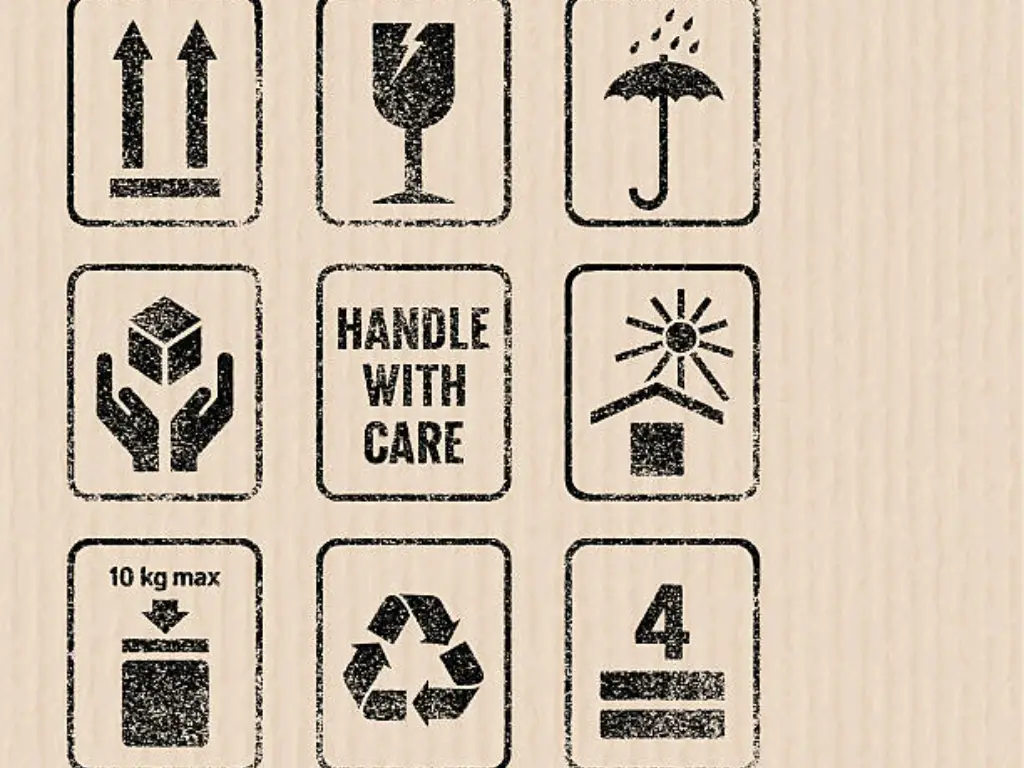
التخصيص is an important part of corrugated box production, especially when packaging needs to support both logistics and branding.
Printing Methods:
● Flexographic Printing: Flexible rubber plates transfer water-based ink directly onto the board. It is fast, فعالة من حيث التكلفة, and suitable for simple logos or handling instructions in bulk orders.
● Lithographic Laminating: High-resolution graphics are printed on separate sheets and then glued onto the board. This method provides excellent image quality for premium retail or display packaging.
● Other Techniques: Digital printing, pre-print, and silk screen allow small runs, precise colors, or special textures.
Surface Treatments:
● Varnish and UV Coating: Protects the box from moisture and makes printing last longer.
● Wax or Poly Coating: Adds resistance to water and grease, ideal for food or cold-chain packaging.
● Cut Windows and Perforation: Improves functionality and allows better product display.
Customization goes beyond printing. Manufacturers like Packccp provide options for box shape, size, color, accessories, and inserts, allowing brands to create packaging that meets specific marketing and logistics needs.
Quality Control and Test in Corrugated Box Production
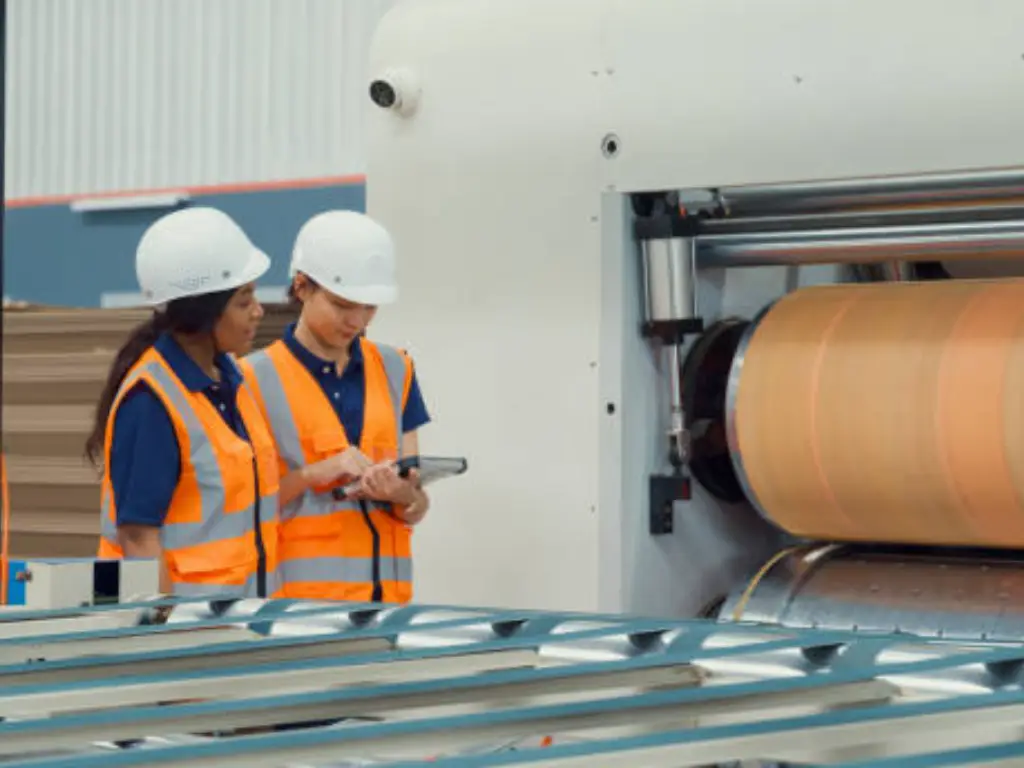
Quality control runs throughout manufacturing to check performance under handling and storage conditions. Common industry tests include:
- Edge Crush Test (علاج بالصدمات الكهربائية): Measures compressive strength along the fluted edge, showing how well the box handles stacking pressure.
- Burst Strength Test: Checks resistance to rupture under uniform pressure, ensuring the box can hold its contents without tearing.
- Flat Crush Test: Tests flute strength by applying pressure perpendicular to the board, important for rigidity under load.
- Cobb Test: Measures water absorption to ensure moisture resistance in humid or refrigerated environments.
Modern production also uses automated inspection systems to detect glue failures, print defects, and misfolds in real time. This ensures every box meets both structural and visual standards before shipment.
الاستدامة and Smart Manufacturing Trends
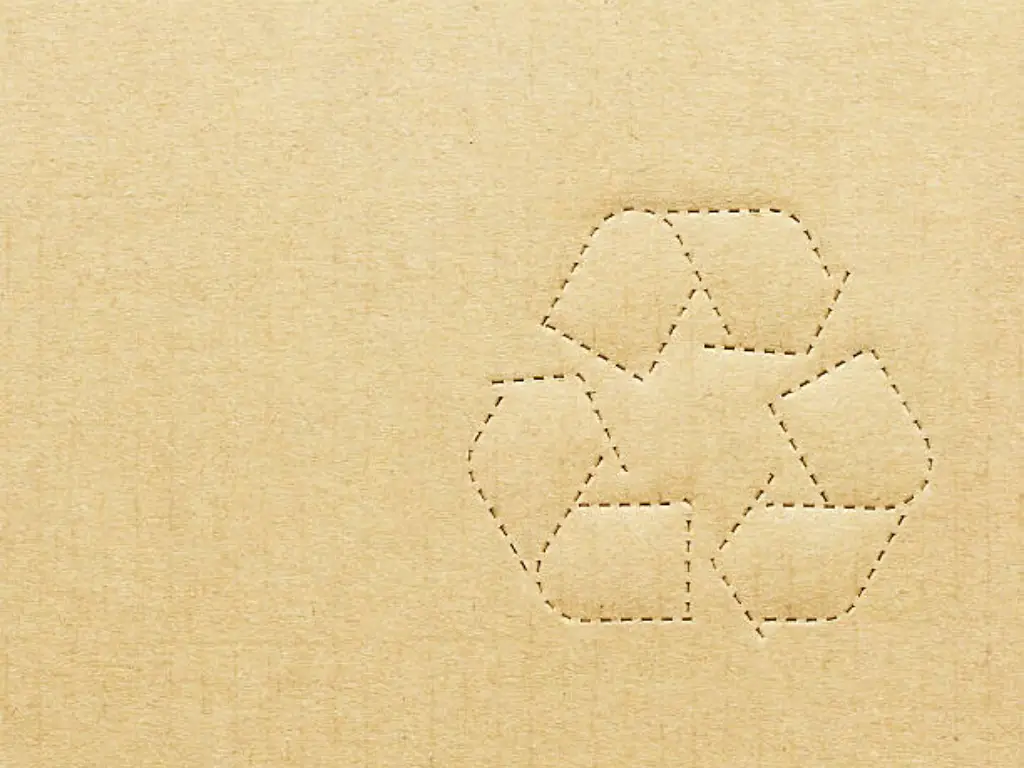
Factories producing corrugated boxes are increasingly using smart systems and eco-friendly practices. These improvements help reduce waste, save energy, and boost overall efficiency.
Sustainable Practices
- Use of FSC-certified paper materials
- Water-based inks and bio-based adhesives
- Wastewater recycling and heat recovery systems
- Compliance with ISO 14001 for environmental management
Smart Manufacturing Trends
- IoT-enabled corrugators and folder-gluers
- AI-driven quality control and downtime analytics
- Digital twins for real-time process simulation
- Small-batch customization supported by cloud-based job queues
Factories now integrate smart systems and eco-friendly practices, making operations more efficient and sustainable. From choosing the right kraft paper and forming fluted boards to printing, folding, and rigorous testing, each step ensures boxes meet structural and visual standards. Packccp delivers durable, eco-conscious packaging certified by SGS and FSC, providing businesses with high-quality solutions that support both logistics needs and brand presentation.
اتصل بنا to get reliable, custom corrugated boxes buying guide for your industrial or retail needs!


